.jpeg)
Choosing Between Micro and Macro-Influencers in 2025

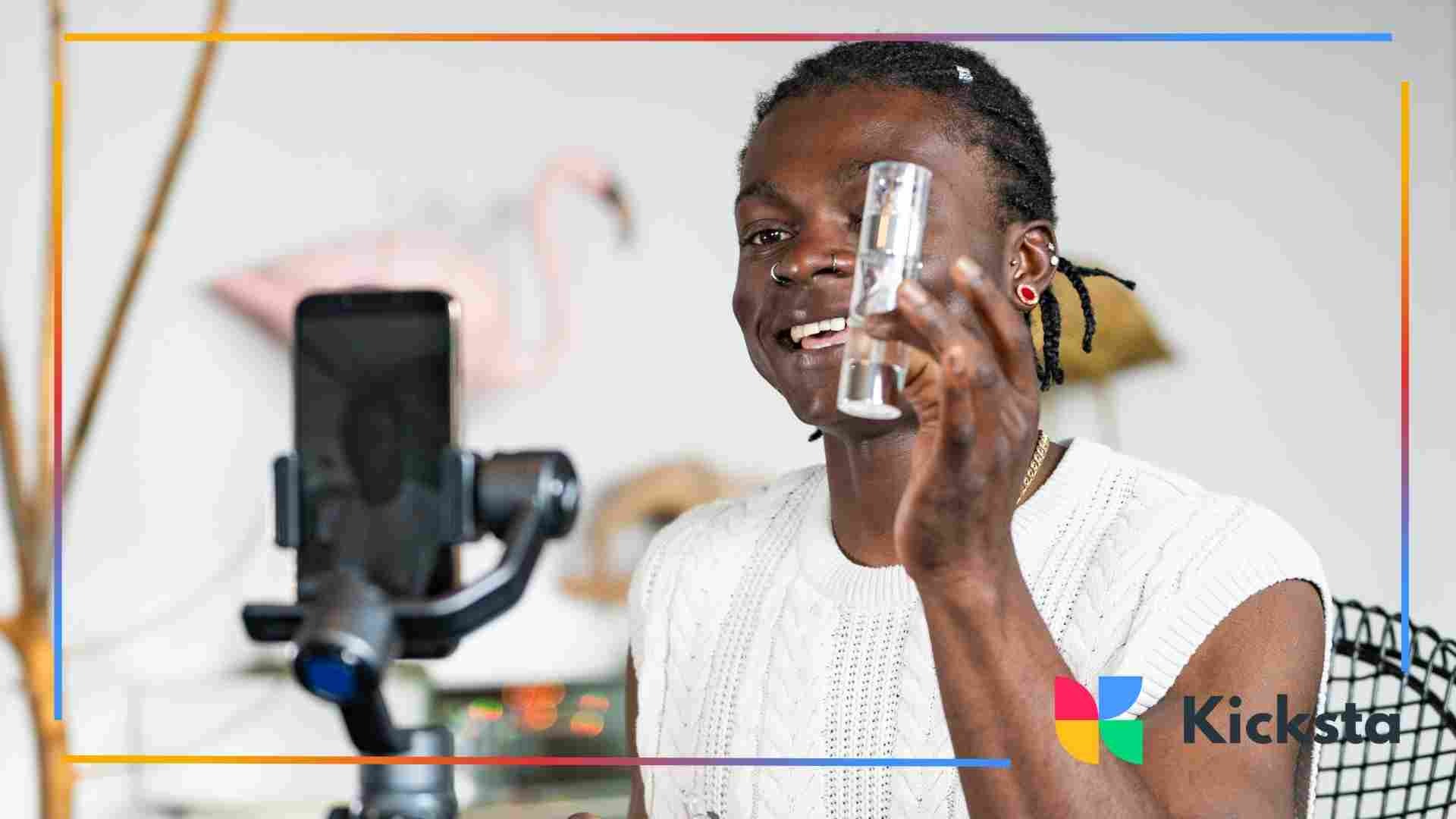
Influencer marketing continues to grow rapidly in 2025. Brands rely on influencers to reach audiences in authentic ways. Choosing the right influencer type can make a campaign succeed or fail. Micro and macro-influencers each have unique strengths and challenges. Understanding these differences helps brands spend their marketing budget wisely and achieve the best possible results.
Micro-influencers are known for personal connections with audiences, while macro-influencers provide massive reach and credibility. Campaign goals, budget, and target audience all influence the decision. A thoughtful choice between micro and macro influencers can boost brand presence and campaign success. Careful planning ensures marketing efforts connect with the right people at the right time.
Who Are Micro-Influencers
Micro-influencers are creators with smaller, highly engaged followings. They usually focus on specific niches, such as lifestyle, fitness, or wellness. Their content feels personal and authentic, helping brands connect with audiences who trust their opinions.
These influencers often engage directly with their followers. Their strong engagement makes them ideal for campaigns that require trust and relatability. Brands can benefit from reviewing a media kit for influencer to understand audience demographics, content style, and past collaborations. Micro-influencers are approachable and often willing to collaborate on creative campaigns tailored to their niche.
Typical Follower Range
Micro-influencers generally have between 1,000 and 50,000 followers. This smaller audience allows them to maintain meaningful interactions and engage deeply with followers.
Smaller audiences often result in higher engagement per post. They are effective for brands looking to attract niche audiences or campaigns aimed at helping users get Instagram followers who are genuinely interested in the promoted products or services. Micro-influencers provide a cost-effective option for smaller marketing budgets. You can see a similar pattern reflected in recent influencer marketing trends as well.
What Kind of Content They Create
Micro-influencers produce authentic and relatable content. They share tutorials, behind-the-scenes stories, daily routines, and personal experiences that resonate with their audience.
They frequently use interactive tools like cool gifs for Instagram stories and polls to boost engagement. Their content style allows audiences to feel connected, which can influence purchasing decisions and foster long-term brand loyalty.
Who Are Macro-Influencers
Macro-influencers have large audiences, usually over 100,000 followers. They collaborate with well-known brands and can generate awareness on a global scale.
These influencers produce polished, professional content. Their campaigns are ideal for reaching users who follow the most followed Instagram accounts and for brands that need broad visibility. Macro-influencers are often trendsetters in their niches, driving conversations around new products or services.
{{blog-cta-section}}
Audience Demographics
Macro-influencers attract diverse audiences across various locations and age groups. Their followers expect high-quality, professional content and value their recommendations.
Brands can leverage macro-influencers to reach large target segments, including niche interest communities such as dark academia aesthetics or lifestyle enthusiasts. Detailed audience insights help companies tailor campaigns for maximum impact.
Platform Dominance
Macro-influencers are often active across multiple platforms like Instagram, TikTok, and YouTube. They create multi-format content, including posts, Reels, and videos, giving brands more options to reach audiences.
With their high visibility, macro-influencers can guide followers to websites or products efficiently using tools like link in bio links. Their cross-platform presence makes them valuable for large-scale campaigns requiring consistent branding.
Why the Micro vs. Macro Debate Matters
Choosing between micro and macro-influencers directly affects campaign success. Each type offers different value in terms of reach, engagement, and cost.
Brands must consider goals, budget, and target audience before selecting an influencer type. Using the right influencer ensures marketing campaigns perform efficiently and avoid wasted spend. For example, micro-influencers provide strong engagement, while macro-influencers provide exposure to high-value audiences and potential collaborations with highest paid influencers.
Brand Goals and Marketing Impact
If the goal is high engagement and niche targeting, micro-influencers are often the best choice. For mass exposure and credibility, macro-influencers work better.
Campaigns should align influencer choice with marketing goals. Macro-influencers can boost awareness quickly, while micro-influencers build strong community connections and drive authentic interaction. Using data-driven decisions improves overall ROI.
Key Differences
Understanding the differences between micro and macro-influencers helps brands choose the right partner for campaigns. Micro-influencers have smaller audiences, often between 1,000 and 50,000 followers. Macro-influencers have very large followings, sometimes reaching millions. Audience size affects reach, engagement, and the type of campaigns that work best.
Besides size, engagement rates vary. Micro-influencers often have higher engagement because their followers feel a personal connection. Macro-influencers have more reach, but engagement can be lower because the audience is large and less personal. Content style also differs: micro-influencers share authentic, casual posts, while macro-influencers often produce polished, professional content.
Audience Size
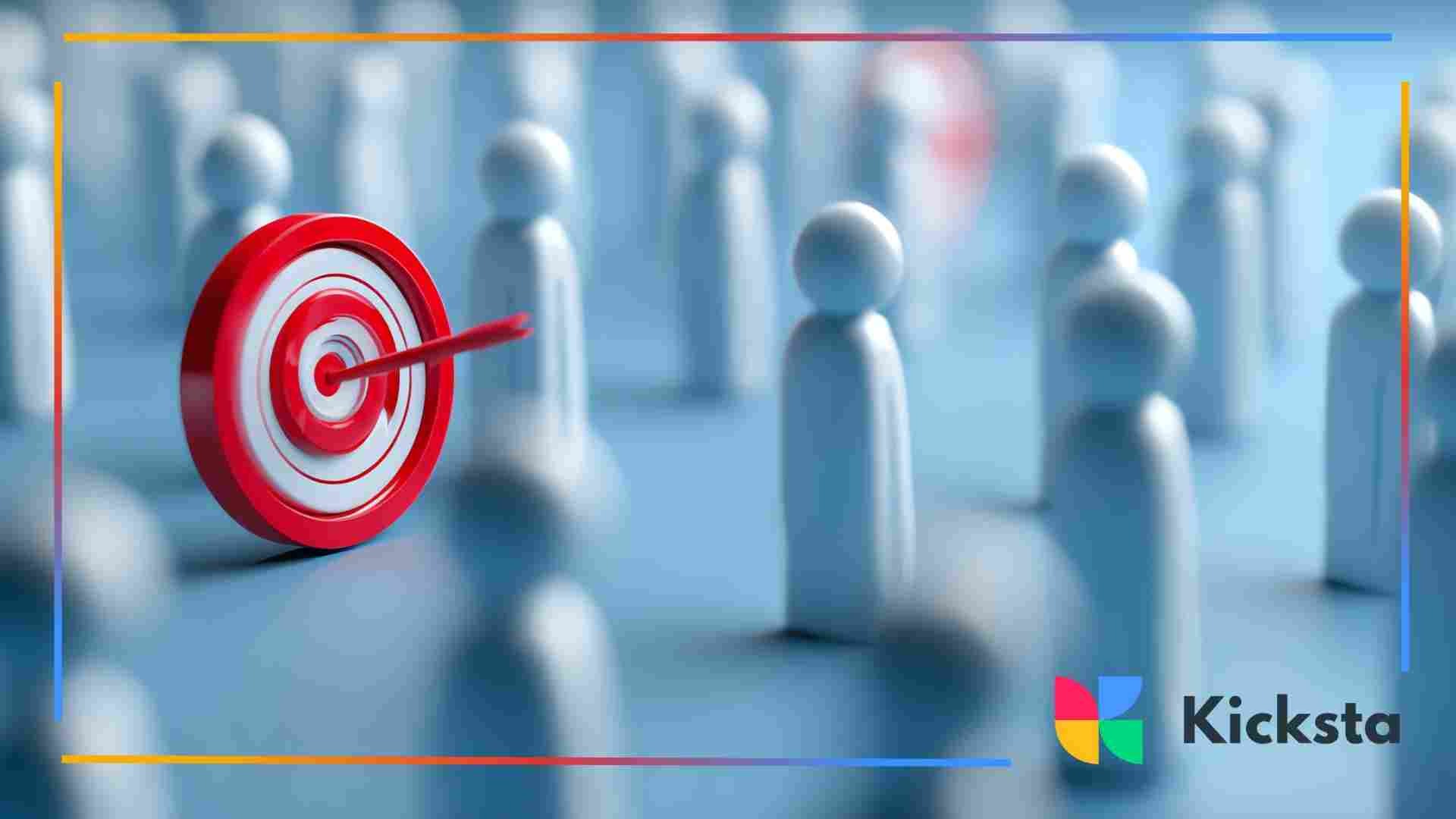
Micro-influencers reach smaller, highly engaged audiences. Macro-influencers have massive followings, often spanning multiple demographics.
Audience size affects campaign strategy and expected results. Smaller audiences are easier to influence, while larger audiences create broad awareness and exposure. For example, macro-influencers often dominate in trends tracked with the best hashtags for Instagram.
Engagement Rate
Engagement rate is usually higher for micro-influencers. Their followers interact regularly with likes, comments, and shares, creating a sense of community.
{{blog-cta-section}}
Macro-influencers may have lower engagement percentages, but total interactions are higher due to their larger audience. Choosing the right type depends on whether the goal is active engagement or large-scale visibility.
Cost Per Post
Micro-influencers generally charge less per post, making them budget-friendly for small campaigns. Multiple micro-influencers can often deliver similar reach to one macro-influencer at a lower cost.
Macro-influencers require higher fees due to their reach and brand association. Investing in them can suit campaigns needing credibility or large-scale awareness, including partnerships with highest paid influencers. This difference in investment becomes clearer when you look at how the influencer pricing landscape has shifted over recent years.
Negotiation Factors
Negotiations consider follower size, engagement, and content type. Micro-influencers may accept product exchanges or flexible pricing.
Macro-influencers often require fixed contracts and detailed deliverables. Brands must plan budgets carefully to match campaign goals and expected ROI.
Content Style
Micro-influencers focus on authentic and relatable content. Macro-influencers often create polished, professional content for a wide audience.
Audience expectations differ. Micro audiences value personal, authentic posts, while macro audiences expect high production value, professional visuals, and trending content such as instagram fonts.
Authentic vs. Polished Approach
Authenticity resonates with micro-influencer followers and encourages trust. Polished content is preferred for macro audiences who value visually professional posts.
Selecting the right style depends on campaign goals. Niche campaigns benefit from authenticity, while large launches gain credibility and broad exposure from polished, professional content.
Benefits of Micro Influencers
Micro-influencers have smaller audiences, often between 1,000 and 50,000 followers. Their posts feel personal and genuine, which builds trust with their followers. Brands can target specific communities using these influencers. This approach is perfect for niche campaigns or small businesses trying to get Instagram followers organically.
Micro-influencers usually have higher engagement rates. Comments, likes, and messages are more personal and real. Working with them is often budget-friendly, and brands can run multiple small campaigns at once. Their strong engagement makes campaigns effective and measurable, helping brands achieve better ROI and stronger connections with audiences.
High Engagement
Micro-influencers tend to have high engagement rates because their audiences are smaller and more dedicated. Followers often comment, share, and react to content, creating strong community interaction.
{{blog-cta-section}}
Brands benefit from these authentic connections. Using micro-influencers can help campaigns achieve measurable engagement metrics, which is useful for tracking ROI and testing content performance through social media consulting insights.
Real Community Connections
Micro-influencers are able to build personal relationships with followers. Audiences feel their content is genuine and trustworthy.
These connections often result in higher conversions for niche products. Micro-influencers can encourage loyal followers to take action, whether signing up for newsletters, making purchases, or sharing content with friends.
Niche Targeting
Micro-influencers often focus on specific niches. Their audiences are aligned with particular interests such as fitness, beauty, or lifestyle.
Brands targeting specialized groups can achieve better results with micro-influencers. Campaigns tailored to these niches can leverage trends like dark academia aesthetics or hobby-based communities.
Budget-Friendly
Micro-influencers generally charge less per post, making them ideal for small businesses or startups. Brands can work with multiple influencers within a limited budget.
This approach allows brands to run simultaneous campaigns across different micro-influencers. They can test messages and track which content resonates best, often generating higher ROI than using one large influencer.
ROI for Small Brands
Smaller campaigns can see strong returns by focusing on highly engaged micro-influencer audiences. Costs are lower, while results are measurable.
Micro-influencers often deliver conversions at a fraction of the cost of macro-influencers. Combining several small influencers can sometimes outperform a single large influencer in terms of meaningful engagement and reach.
Authentic Collaborations
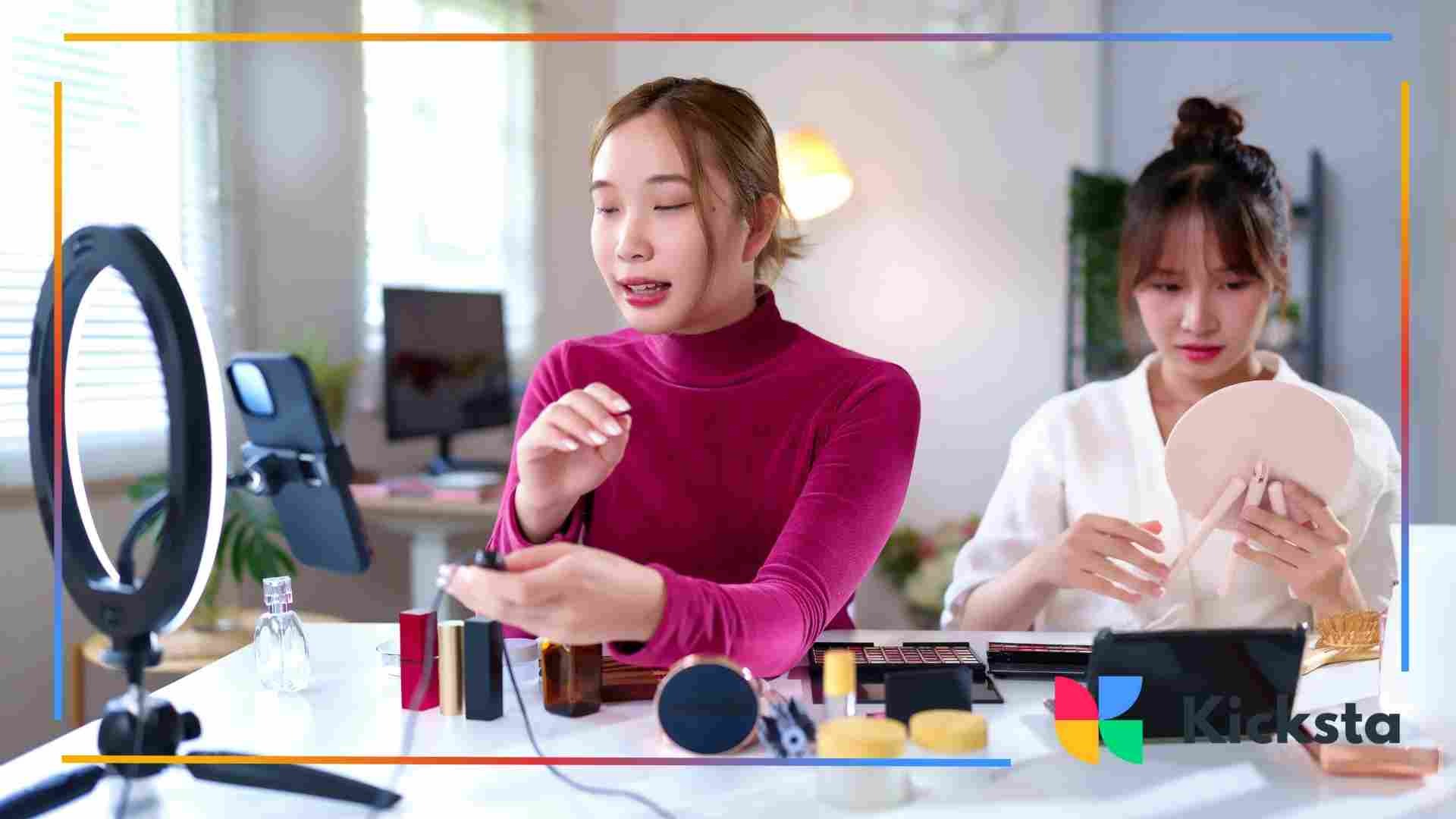
Micro-influencers are more likely to collaborate authentically. They create content that aligns with their personal style and audience expectations.
This authenticity can help brands avoid issues like common Instagram marketing failures that occur when audiences feel promotions are forced or insincere. Genuine content builds trust and long-term loyalty. Many brands studying the impact of authentic influencer partnerships have found that this alignment often strengthens long-term audience relationships.
Benefits of Macro Influencers
Macro-influencers have very large audiences, from 100,000 to millions of followers. Their campaigns can reach thousands or even millions quickly. Using macro-influencers helps boost brand visibility and credibility. Their professional content and polished campaigns highlight the best Instagram features, making the brand look high-quality.
These influencers often collaborate with celebrities or other influencers. This network effect increases exposure and creates buzz around products. Macro-influencers are ideal for large-scale launches or campaigns needing mass reach. Their professional visuals and experience make them highly effective in growing a brand’s presence across multiple platforms.
Mass Reach
Macro-influencers have very large audiences, often reaching hundreds of thousands or even millions of followers. Their posts, stories, and videos can quickly generate wide awareness for a brand. They are perfect for product launches or event announcements that need broad exposure.
{{blog-cta-section}}
Large audiences also help brands target multiple demographics at the same time. Combining this reach with effective strategies can help a company grow its visibility and get Instagram followers efficiently.
Credibility Boost
Collaborating with macro-influencers adds authority and trust to a brand. These influencers often work with well-known companies and are seen as trendsetters. Audiences are more likely to take their recommendations seriously.
Working with top-tier influencers can also improve perceived value. Partnerships with highest paid influencers make your brand appear reputable and professional, which helps attract more attention and engagement.
Using Other Celebrities
Macro-influencers often collaborate with other influencers or celebrities to increase visibility. Joint campaigns create more buzz and attract wider attention to your products or services.
These collaborations help brands reach audiences they might not access alone. They can also use creative content, including cool gifs for Instagram stories, to make campaigns more interactive and engaging.
Professional Content
Macro-influencers create polished, high-quality content. Photography, videography, and graphics often meet professional standards.
This professional style aligns with brand campaigns that need consistency and premium visuals. Tools like free Instagram photo editor apps can help smaller creators attempt similar aesthetics, but macro-influencers provide a turnkey solution.
High-Quality Production Value
High-quality production is a hallmark of macro-influencer content. Videos, photos, and Reels are designed for engagement and visibility.
Brands can rely on this professional content to maintain brand image. The visual polish often attracts attention from larger audiences and encourages sharing, increasing reach exponentially.
When to Use Each

Micro-influencers are ideal when the goal is engagement and authenticity. Their audiences trust them, which makes small campaigns effective. They work well for niche products, new launches, or community-focused promotions. Brands can also use them to improve loyalty and create long-term connections with followers. You can see similar insights discussed in broader influencer marketing approaches that highlight how smaller creators drive meaningful results.
Macro-influencers are best when you need mass reach and visibility. Their large audiences help spread messages quickly across regions. They are perfect for product launches, brand awareness campaigns, or major events. Combining both types in a hybrid strategy can balance authenticity with broad exposure, using link in bio tools or professional posts to maximize campaign results.
For Awareness Campaigns
Macro-influencers are ideal for campaigns that need mass visibility. They help launch new products or reach new markets quickly.
Micro-influencers are better for raising awareness within specific niche communities. Combining both types can maximize exposure and targeted reach.
For Conversions and Trust
Micro-influencers are effective for driving conversions. Their authentic content encourages audiences to act on recommendations.
Macro-influencers generate trust through recognition. Audiences see them as credible sources, which can increase purchase intent and reinforce brand reputation.
{{blog-cta-section}}
Hybrid Strategy
Many brands use a combination of micro and macro-influencers. This hybrid approach balances authenticity with broad reach.
Using both types allows brands to maintain engagement while achieving visibility. Campaigns can feature polished macro content alongside authentic micro-influencer stories for maximum impact.
Combining Reach and Authenticity
Macro-influencers provide mass reach, while micro-influencers offer personal connections. Together, they create campaigns that are both broad and engaging.
This combination is effective for new product launches, seasonal promotions, or influencer takeovers. Coordinating both types requires careful planning to maintain consistent messaging. Many teams look at how blended strategies perform across different influencer campaign structures to refine their approach.
Campaign Balance Tips
Allocate budget according to campaign goals. Use macro-influencers for broad announcements and micro-influencers for niche engagement.
Track key metrics and adjust influencer use as needed. This ensures campaigns remain efficient, and audiences feel engaged without oversaturation.
How to Choose the Right One
Choosing the right influencer is more than picking someone with many followers. This section explains how to match influencers to campaign goals, budget, and target audience.
We also cover factors such as credibility checks, engagement authenticity, and expected ROI. By understanding these selection criteria, brands can make informed decisions and maximize the success of their influencer campaigns.
Match Campaign Goals
Selecting the right influencer depends on campaign objectives. If the goal is brand awareness, macro-influencers can deliver large reach quickly.
For niche campaigns or product launches targeting a specific audience, micro-influencers are often more effective. Aligning influencer type with goals ensures campaigns perform efficiently and achieve measurable results. Insights from broader digital marketing practices also show how matching strategy to audience size dramatically shapes outcomes.
KPIs and Influencer Type
Key performance indicators (KPIs) such as engagement, clicks, and conversions should guide influencer choice. Macro-influencers are ideal for metrics like impressions and reach.
{{blog-cta-section}}
Micro-influencers excel in engagement and conversion-related KPIs. Using social media consulting insights can help brands interpret these metrics and decide which influencer type aligns with their strategy.
Check Influencer Credibility
Verifying an influencer’s credibility is critical. Fake followers, bots, or low engagement can reduce campaign effectiveness.
Look for consistent content quality and engagement rates. Platforms like media kit for influencer and analytics tools help brands validate credibility before signing contracts.
Fake Followers
Influencers with purchased followers may show high numbers but low real engagement. This reduces campaign ROI and trustworthiness.
Brands should check metrics like comments, likes, and shares for authenticity. Micro-influencers often have smaller, more engaged audiences, which reduces the risk of fake followers affecting results. This issue is frequently mentioned in discussions around broader social media integrity challenges that highlight why genuine engagement matters more than inflated numbers.
Engagement Authenticity Checks

Engagement rates should match audience size. Sudden spikes or unusually high numbers may indicate bots or inactive accounts.
Tracking consistent activity over time helps identify real audience interest. Tools that monitor engagement and post performance, such as Kicksta analytics, can help confirm authenticity.
Budget & Expected ROI
Budget plays a major role in influencer selection. Macro-influencers often cost more but provide wide reach.
Micro-influencers are more affordable and can deliver higher ROI per dollar spent in niche markets. Brands should estimate expected returns based on influencer type, engagement, and conversion potential.
FAQ
What Follower Range Counts as a Macro Influencer?
Macro-influencers typically have more than 100,000 followers. Their audiences can reach millions depending on their niche and cross-platform presence.
Brands use this large reach to create awareness campaigns or collaborate with highest paid influencers. Understanding follower size helps determine campaign potential and budget.
Do Micro-Influencers Get Paid Less Than Macro Influencers?
Yes, micro-influencers generally charge less per post due to smaller audiences.
However, their higher engagement often delivers more value per dollar spent. Working with multiple micro-influencers can sometimes outperform a single macro-influencer campaign.
Are Micro-Influencers Better for Small Businesses?
Micro-influencers are ideal for small businesses targeting niche audiences. They often provide higher engagement rates, more personalized content, and lower costs. This makes them effective for campaigns with limited budgets and specific marketing goals.
Can Macro-Influencers Deliver Higher ROI?
Macro-influencers can deliver high ROI if the campaign focuses on brand awareness and mass exposure. However, ROI depends on engagement quality, not just follower count. Combining macro reach with micro-influencer authenticity often yields the best results.
Main Takeaway
Micro-influencers are small creators with loyal followers. They have fewer people, but their audience is very engaged. Followers trust them more because their content feels real. This makes micro-influencers great for small brands or niche campaigns. They are also cheaper to hire, so even small budgets can get results. Using micro-influencers can lead to more likes, comments, and shares, which makes campaigns more effective.
Macro-influencers have very large audiences and professional content. They are best for reaching lots of people quickly. Working with them helps brands gain credibility and social proof. They can launch products, promote events, and attract attention fast. Using both micro and macro-influencers together can balance authenticity with wide reach. This hybrid approach helps brands grow followers, engagement, and sales more efficiently.
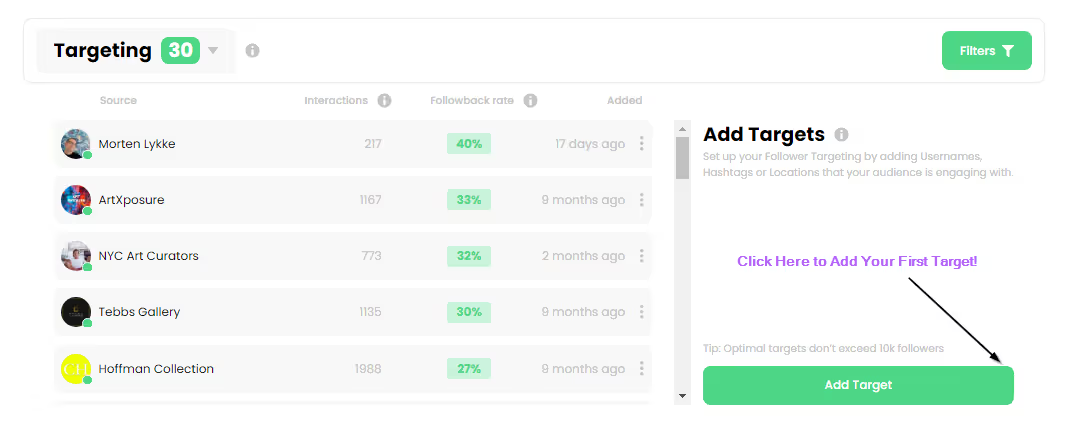



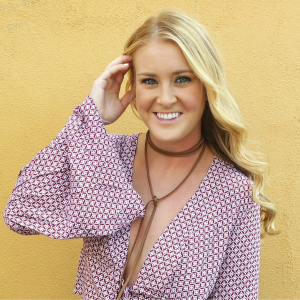

.jpg)